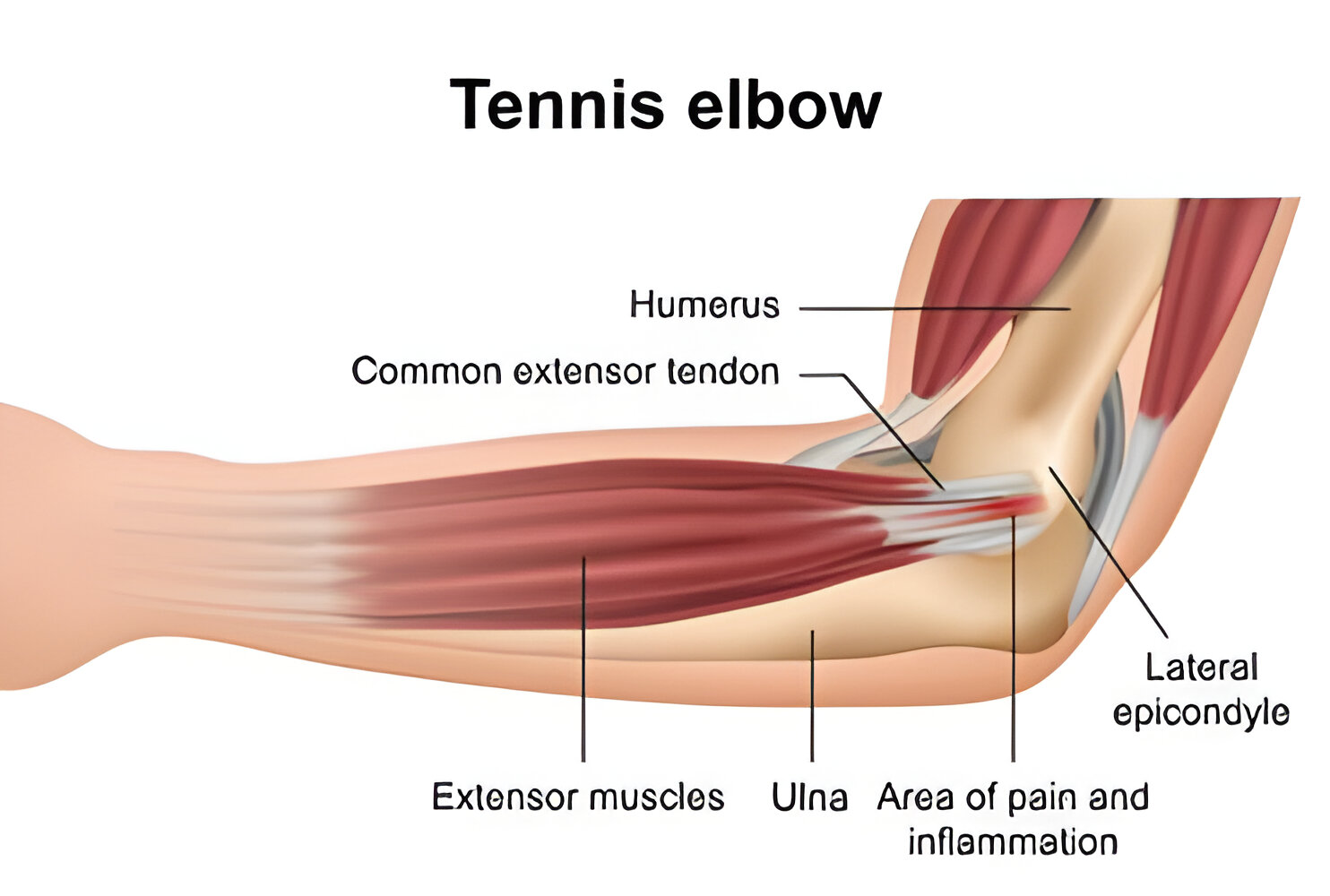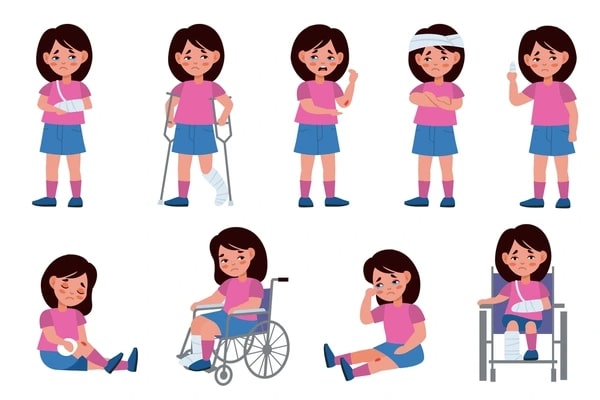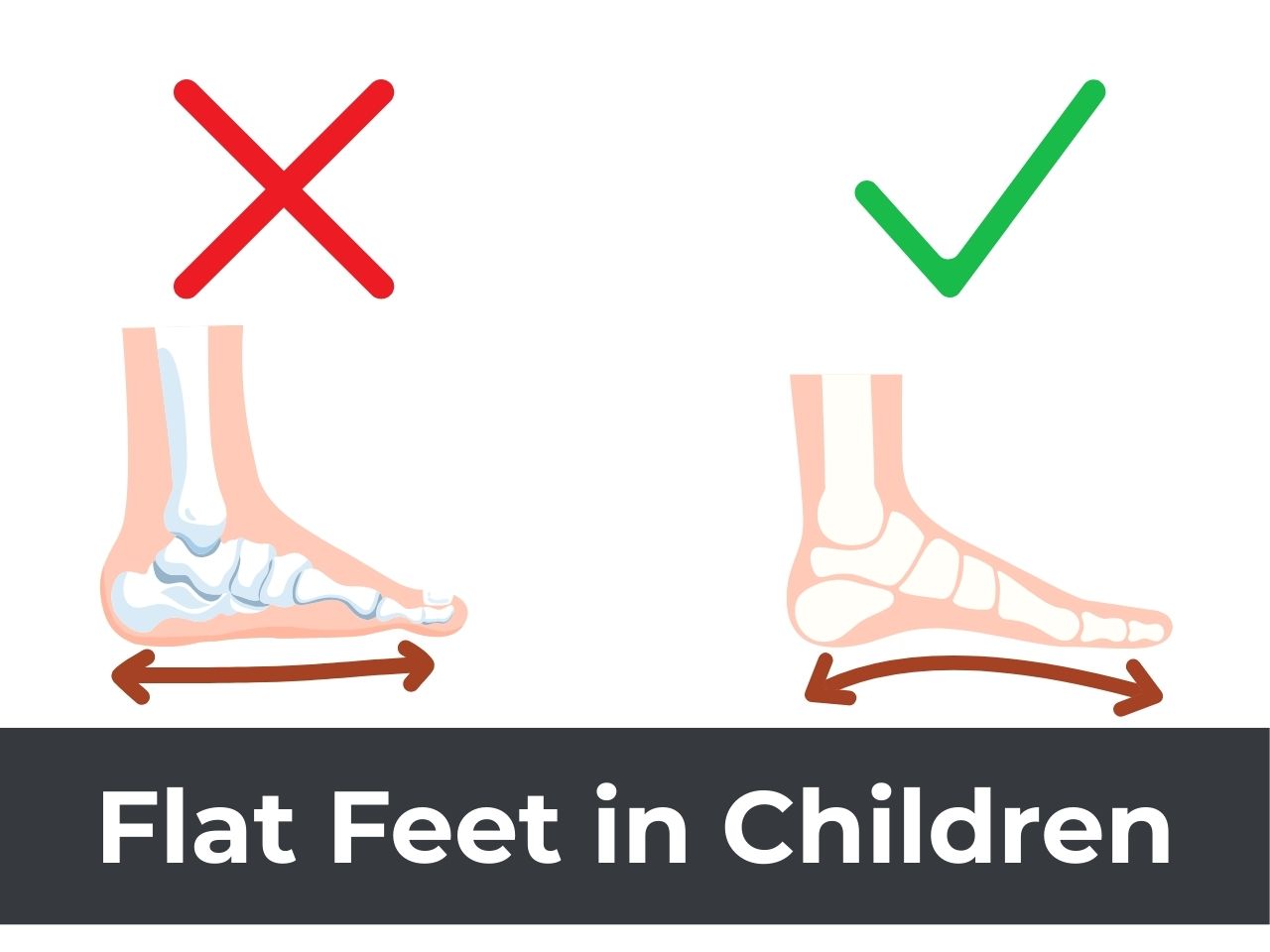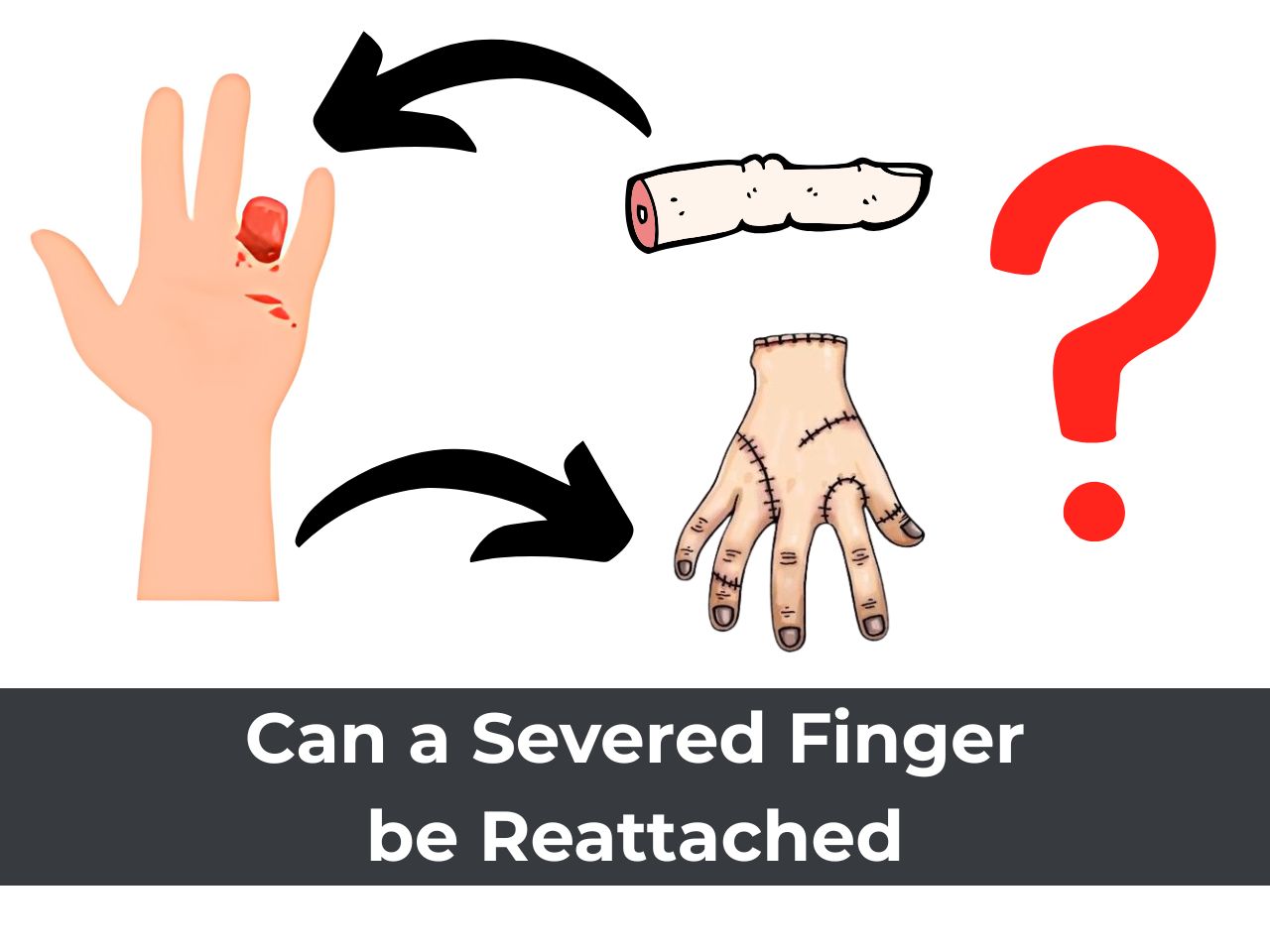Sports-Related Hand Injuries: Understanding the Risks and Preventive Measures
Playing sports is a fantastic way to stay active, challenge yourself, and have fun. At Pinnacle Orthocentre, we understand the dedication and passion that goes into every game. However, injuries are a part of the game, and hand and wrist injuries are quite common amongst athletes.
This blog aims to shed light on sports-related hand injuries, their risks, and preventive measures to keep you on the field.
Common Sports-Related Hand and Wrist Injuries
Hand and wrist injuries can be broadly categorized into two main types: impact injuries and overuse injuries.
- Impact Injuries: These are caused by falls, collisions, or forceful impact. Some of the most common impact injuries include:
- Sprained Wrists and Fingers: These involve overstretched or torn ligaments, causing pain, swelling, and tenderness.
- Jammed Finger: This is a sudden impact injury, often to the tip of the finger, resulting in pain, swelling, and bruising.
- Mallet Finger: This injury damages the extensor tendon in the fingertip, making it difficult or impossible to straighten the finger.
- Skier’s Thumb: This is a tear in the ligament at the base of the thumb, often caused by forcefully pulling the thumb back during a fall.
- Metacarpal Fractures: These are broken bones in the hand, typically caused by a direct blow.

Overuse Injuries:
These are caused by repetitive motions and can develop over time.
Common overuse injuries include:
- De Quervain’s Tenosynovitis: This is inflammation of the tendons near the base of the thumb, causing pain and tenderness, especially when gripping.
- Trigger Finger: This condition causes a finger to catch or lock in a bent position due to inflammation around a tendon.
- Carpal Tunnel Syndrome: This occurs when the median nerve in the wrist is compressed, leading to pain, numbness, and tingling in the hand and fingers.

Types of Hand and Wrist Injuries in Sports
Golf Elbow Treatment:
- Symptoms: Pain and tenderness on the inner side of the elbow, weakened grip strength.
- Diagnosis: Physical examination, imaging tests such as X-rays or MRI.
- Treatment Options: Rest, ice, anti-inflammatory medication, physical therapy, corticosteroid injections, and in severe cases, surgery.

Treating Tennis Elbow:
- Symptoms: Pain and tenderness on the outer side of the elbow, difficulty with gripping and lifting.
- Diagnosis: Clinical examination, imaging tests.
- Treatment Options: Rest, ice, physical therapy, bracing, steroid injections, and in some cases, surgery.
Hand Fractures and Sprains:
- Symptoms: Swelling, pain, bruising, deformity, limited range of motion.
- Diagnosis: X-rays, CT scans, or MRI.
- Treatment Options: Immobilization with a splint or cast, pain management, physical therapy, and in severe cases, surgery.
Know Your Risks: Sports Most Prone to Hand and Wrist Injuries
Certain sports put you at a higher risk of developing hand and wrist injuries.
Here’s a breakdown by category:
- High-Contact Sports: Football, rugby, and hockey involve a lot of physical contact, increasing the risk of impact injuries like sprains, fractures, and dislocations.
- Racquet Sports: Tennis, badminton, and squash require repetitive gripping and forceful swings, which can lead to overuse injuries like De Quervain’s tenosynovitis and carpal tunnel syndrome.
- Baseball: Pitching and catching put a lot of strain on the wrists and fingers, making athletes susceptible to sprains, tendonitis, and ligament tears.
- Rock Climbing: The gripping action in rock climbing can lead to pulley injuries in the fingers, which are tears in the tendons that help bend the fingers.
By understanding the risks associated with your specific sport, you can take steps to prevent these injuries.
Preventive Measures
To reduce the risk of hand injuries in sports, athletes should consider the following preventive measures:
- Warm-up and Stretching: Proper warm-up and stretching routines can help prepare the muscles and ligaments for activity, reducing the risk of strain or injury.
- Proper Technique and Form: Athletes should receive training on proper technique and form for their sport to minimize stress on the hands and wrists.
- Use of Protective Gear: Wearing appropriate protective gear, such as gloves, wrist guards, or elbow pads, can provide added support and cushioning to prevent injuries.
- Regular Conditioning and Strengthening Exercises: Strengthening the muscles of the hand, wrist, and forearm through targeted exercises can improve stability and resilience against injury.
- Importance of Rest and Recovery: Adequate rest between training sessions and competitions allows the body time to heal and reduces the risk of overuse injuries.
Seeking Professional Help for Sports Injuries
Athletes experiencing hand injuries should seek the expertise of a sports injury doctor or specialist in Thane. These professionals can provide accurate diagnosis, personalized treatment plans, and rehabilitation strategies to facilitate recovery and prevent future injuries.
Conclusion
In conclusion, sports-related hand injuries are a common occurrence but can often be prevented with proper precautions and early intervention. By understanding the risks, implementing preventive measures, and seeking professional help when needed, athletes can safeguard their hand health and continue to excel in their chosen sports.






0 Comments